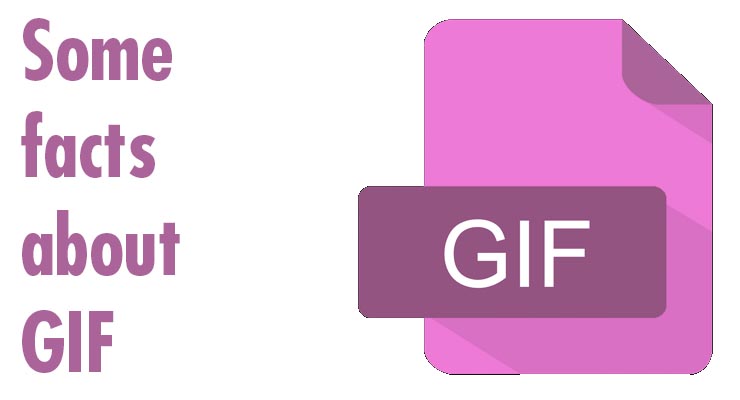Five things you may not have known about GIF
With the sad announcement that Stephen Wilhite – the lead creator of the ubiquitous GIF – died last weekend, we take a look at some facts about one of the World Wide Web’s most robust and enduring file formats.
Back then, GIF didn’t originally have anything to do with animated ‘memes’
Today, when we think of a GIF, we probably think of a funny animated meme posted on a social media platform, messaging app or online forum. But that wasn’t always the case.
The GIF format was created back in the 1980s when, unsurprisingly, animated ‘memes’ weren’t really a thing. In fact the GIF format was intended simply as a way to save images so they would not have too-large file sizes (thus making them easier to transmit across the slower early-Internet).
However, in this aspect, GIF was later superseded by the superior PNG file format since PNGs supported more colours as well as transparency (making them far better for web/graphic designers to work with.)
Had it not been for GIFs support for animation – something that the PNG and JPEG formats lacked – GIFs would most likely be almost unheard of today. Consequently (and inevitably) GIFs today are most frequently used in the mainstream to post short ‘meme’ animations that don’t take up all that much disk space. This is demonstrated by sites like Giphy which are dedicated to finding and downloading animated GIF memes.
Sponsored Content. Continued below...
In fact, when it comes to their original purpose, GIFs are hopelessly out-dated
Indeed GIFs are awfully lucky they support animation, because they’re hopelessly outdated when it comes to what they were originally meant to do – a way to save images. GIFs can only draw from a measly 256-color palette, which is why when you see a GIF, it’s never particularly good quality and can often look pixelated (pixels are grouped together to create the illusion of colors not supported.)
And because the Internet has come such a long way since the 1980s, cost-cutting on file size isn’t such an important endeavour, which is why the (slightly heavier) JPEG file format reigns supreme online, which is a far better way of saving photos.
It’s pronounced JIF
It’s the Internet’s own version of the perpetual toe-may-toe v.s. toe-marh-toe debate. What exactly is the correct pronunciation of the term GIF? While both sides have absurdly passionate proponents, there is probably no better way of objectively answering this lingering question than to ask the person who created it themselves. And Stephen told the New York Times back in 2013 that it is pronounced JIF, with a “soft G”.
So that’s that.
Sponsored Content. Continued below...
It stands for Graphics Interchange Format
The acronym GIF actually stands for Graphics Interchange Format, which is just as geeky sounding as you would expect.
GIFs are quite literally a series of frames played in succession
Remember those flip-books that you could flick through quickly to give the impression of an animation, like a stick-man falling from a cliff?
That really is the offline equivalent of a GIF, which is really just a series of saved images (frames) played in quick succession to give the illusion of movement.
Continued below...
Thanks for reading, we hope this article helped, but before you leave us for greener pastures, please help us out.
We're hoping to be totally ad-free by 2025 - after all, no one likes online adverts, and all they do is get in the way and slow everything down. But of course we still have fees and costs to pay, so please, please consider becoming a Facebook supporter! It costs only 0.99p (~$1.30) a month (you can stop at any time) and ensures we can still keep posting Cybersecurity themed content to help keep our communities safe and scam-free. You can subscribe here
Remember, we're active on social media - so follow us on Facebook, Bluesky, Instagram and X
